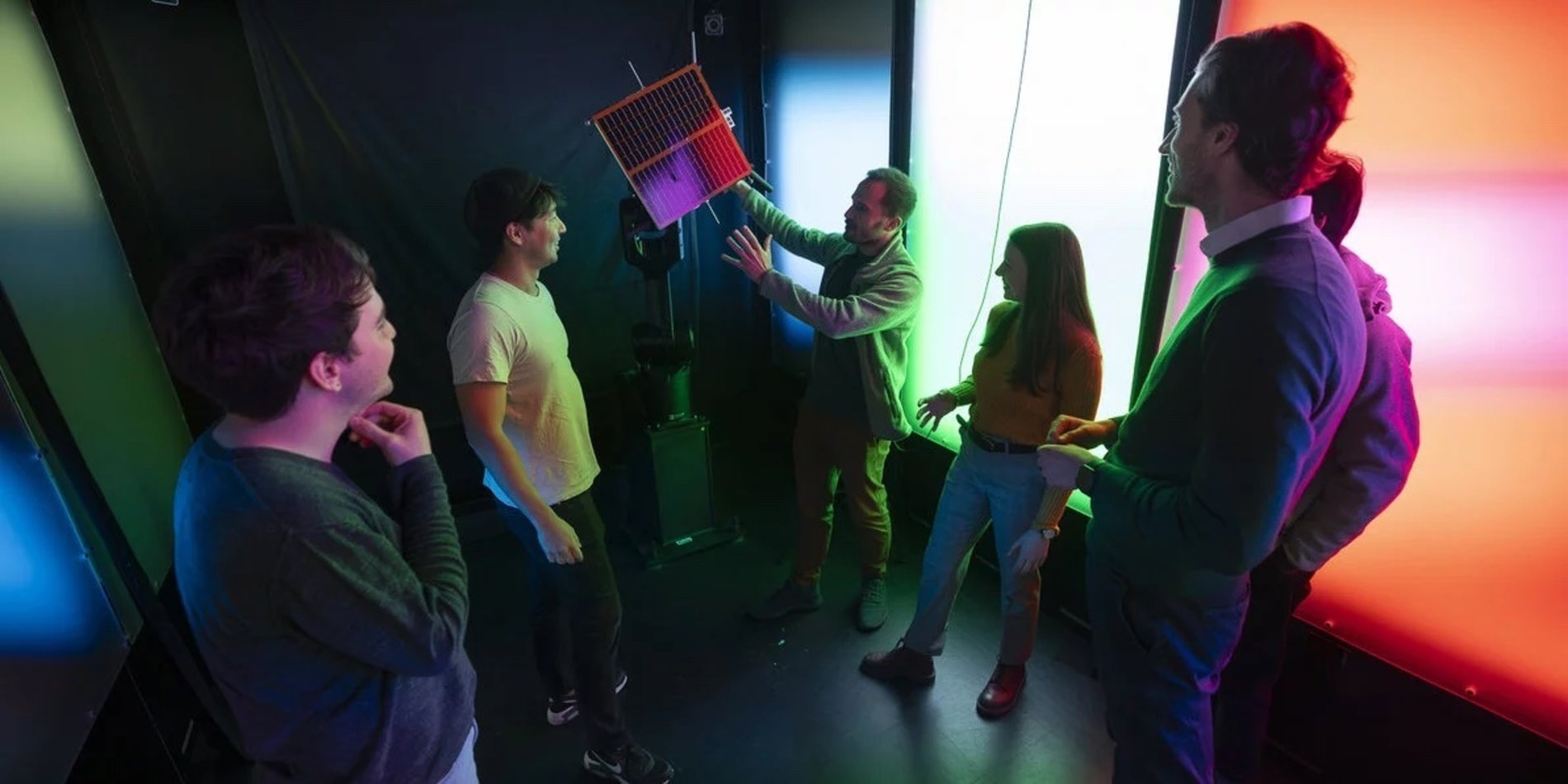Main content start
Biondi’s group build a ‘billion sensors’ earthquake observatory with optical fibers

Thousands of miles of buried optical fibers crisscross California’s San Francisco Bay Area delivering high-speed internet and HD video to homes and businesses.
Biondo Biondi, a professor of geophysics at Stanford’s School of Earth, Energy & Environmental Sciences, dreams of turning that dense network into an inexpensive “billion sensors” observatory for continuously monitoring and studying earthquakes.
Over the past year, Biondi’s group has shown that it’s possible to convert the jiggles of perturbed optical fiber strands into information about the direction and magnitude of seismic events.
The researchers have been recording those seismic jiggles in a 3-mile loop of optical fiber installed beneath the Stanford University campus with instruments called laser interrogators provided by the company OptaSense, which is a co-author on publications about the research.
“We can continuously listen to – and hear well – the Earth using preexisting optical fibers that have been deployed for telecom purposes,” Biondi said.
Currently researchers monitor earthquakes with seismometers, which are more sensitive than the proposed telecom array, but their coverage is sparse and they can be challenging and expensive to install and maintain, especially in urban areas.
By contrast, a seismic observatory like the one Biondi proposes would be relatively inexpensive to operate. “Every meter of optical fiber in our network acts like a sensor and costs less than a dollar to install,” Biondi said. “You will never be able to create a network using conventional seismometers with that kind of coverage, density and price.”
Such a network would allow scientists to study earthquakes, especially smaller ones, in greater detail and pinpoint their sources more quickly than is currently possible. Greater sensor coverage would also enable higher resolution measurements of ground responses to shaking.
“Civil engineers could take what they learn about how buildings and bridges respond to small earthquakes from the billion-sensors array and use that information to design buildings that can withstand greater shaking,” said Eileen Martin, a graduate student in Biondi’s lab.


